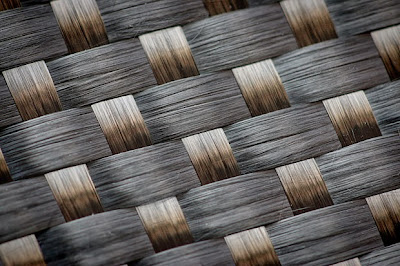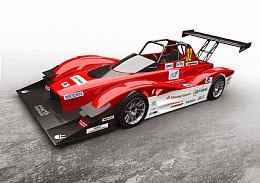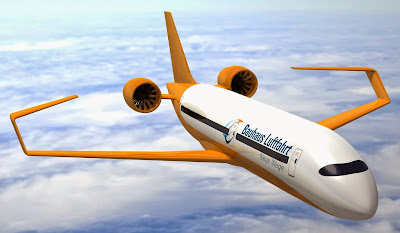Graphene – the world’s thinnest material – could make batteries light, durable and suitable for high capacity energy storage from renewable generation.
Graphene promises a revolution in electrical and chemical engineering. It is a potent conductor, extremely lightweight, chemically inert and flexible with a large surface area. It could be the perfect candidate for high capacity energy storage.
Soon after graphene’s isolation, early research already showed that lithium batteries with graphene in their electrodes had a greater capacity and lifespan than standard designs.
A new project ‘Electrochemical Energy Storage with Graphene-Enabled Materials’ is exploring different ways to reduce the size and weight of batteries and extend their lifespan by adding graphene as a component material.
“But before we build the batteries we need to know how graphene will interact with the chemical components – specifically electrolytes,” comments Professor Andrew Forsyth from the School of Electronics and Electrical Engineering.
His colleague Professor Robert Dryfe from the School of Chemistry performs experiments to analyse the chemical interactions between graphene and lithium ions. Professor Dryfe is also exploring how quickly electrons are transferred across graphene and the magnitude of capacitance – the amount of electrical energy that can be stored on graphene surfaces.
The academics are working with a number of commercial partners, including Rolls-Royce, Sharp and Morgan Advanced Materials. Commercial partnership is crucial for developing the future applications of graphene. Graphene@Manchester is currently working with more than 30 companies from around the world on research projects and applications.
Another focus of the project is graphene-based supercapacitors, which tend to have high power capability and longer cycle life than batteries, but lower energy storage capacity. Nevertheless, they hold much promise to complement batteries as part of an integrated storage solution.
According to Professor Forsyth a combination of graphene batteries and supercapacitors could give electric car sales some serious thrust. Today these green vehicles run on batteries that weigh 200kg – as much as three passengers. By reducing the weight of the batteries graphene should boost vehicle efficiency and increase the driving range of electric cars to beyond 100km – a limitation that currently prevents their widespread uptake.
“If we can extend the distances that cars can travel between charge points we will instantly make them more popular,” Professor Forsyth states. “But how will the batteries cope with the real-life strains of driving? Electric cars – like all other vehicles – are not driven smoothly. Dramatic peaks in power demand as drivers accelerate will stress the battery and potentially limit its lifespan.”
To test whether prototype graphene batteries and supercapacitors are up to the job, Professor Forsyth will expose them to real world stresses that mimic different driving profiles. “We can even test the technology for driving in extreme weather conditions,” he added. “Many batteries struggle to perform in cold conditions, but our weather chamber will reveal any weaknesses.”
Of course, graphene-based storage is not limited to transport. It could play a major role in the future of the National Grid as Britain becomes ever more dependent upon renewable energy. “If we rely on solar and wind power to produce energy, what will happen when clouds block the sun and the wind is just a breeze?” asks Professor Forsyth. “If we can develop high capacity electrical storage, operators will be able to store electricity for times of low generation.”
A grid-scale battery and converter system is being installed on Manchester’s campus to test large scale electrical storage. Researchers will use the battery system to develop methods to control the flow of electricity and reconcile differences between power generation and local demand.








